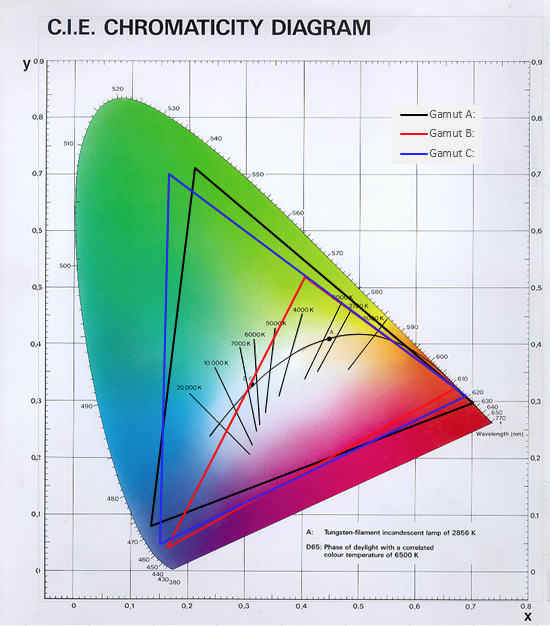Painting with light...or not?
I've been experimenting with smart lights and how they can add character and ambiance to the home. While things are going well in general, I noticed some odd behavior with the Philips Hue color bulbs. When setting certain colors on the bulbs the app would 'reset' the color selector to a different point in the spectrum. This happened to varying degrees in the blue/green end of the color range.
Selected Color
Reported Color
In the two screenshots, you can see the color in selected in the app, the rich blue. Now, thanks to the cool status reporting of the Hue bulbs, when you return to the light settings page you can see the actual output being reported by the bulb. In this case a distinctly more purple shade. Yes, I know many people are aware of this limitation and see it as an issue. It's also a point that competitor Lifx has taken as an marketing advantage.
So, what's going on here? Are the Hue bulbs defective, or just no good? That's a matter of opinion, but according to lighting designer Rogier van der Heide this was a deliberate choice made by Philips. The crux of the argument revolves around the idea that the bulbs (as opposed to other Hue brand products) will be used to create white light (or variants of it) most of the time, or more subtle pastels and mood colors when creating more ambient scenes.
Rogier claims that the Hue lights are capable of creating many more subtle shades of white and pastels than could be achieved with more conventional LED color mixing. The latter creates much more saturated colors, but lacks the ability to vary shade across as wide a range, which also limits the ability cross fade between shades smoothly and create more natural looking light.
We can see this clearly in the color gamut chart below.
Color Gamut Chart
In this diagram we can see the visible spectrum (the curved colored background) with three common color gamuts overlaid. The Hue color bulbs use Gamut B. Although the saturation range is limited, especially toward the green point of the triangle, the full range of the RGB values are used to create those colors, which means much greater subtlety and precision within that range. It also shows the more common ambience colors toward the red/purple end of the spectrum are fully achievable.
Conversely, the other Philips Hue products use Gamut C to allow more dynamic, deep mood lighting. These include products such as the Hue Go, and the Lightstrip plus which would be used to create fill light and accents, so benefit from this range more than producing the white light they would rarely be called on to do. In combination, the effects are quite satisfactory, providing you understand the intended purpose and limitations of each.
There has been speculation that Philips will either change their bulbs to use Gamut C, or introduce an alternative which does. So far that has not come to light, so we'll continue to watch for such a move. In the mean time, I'll go back to creating warm light scenes within the range they excel at.



